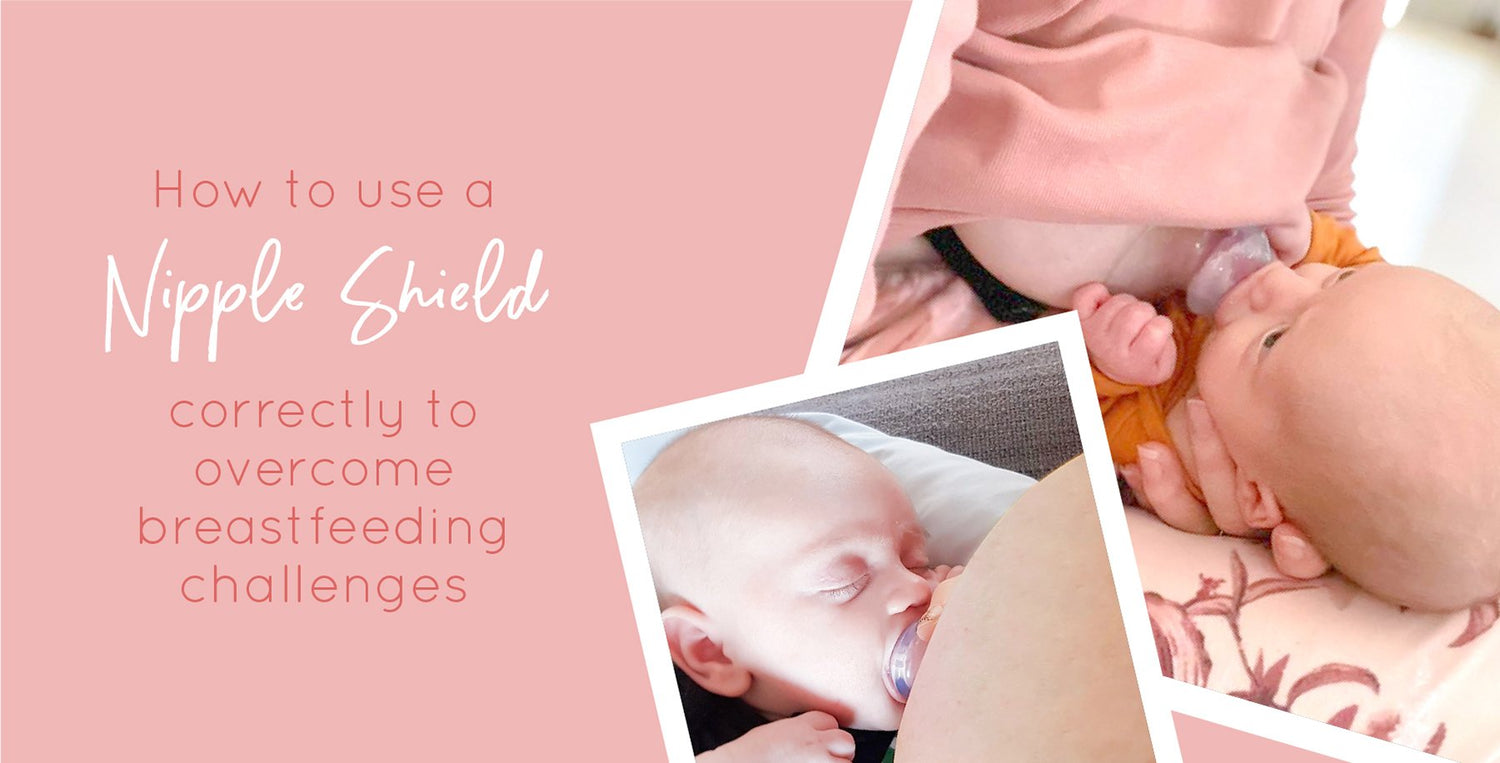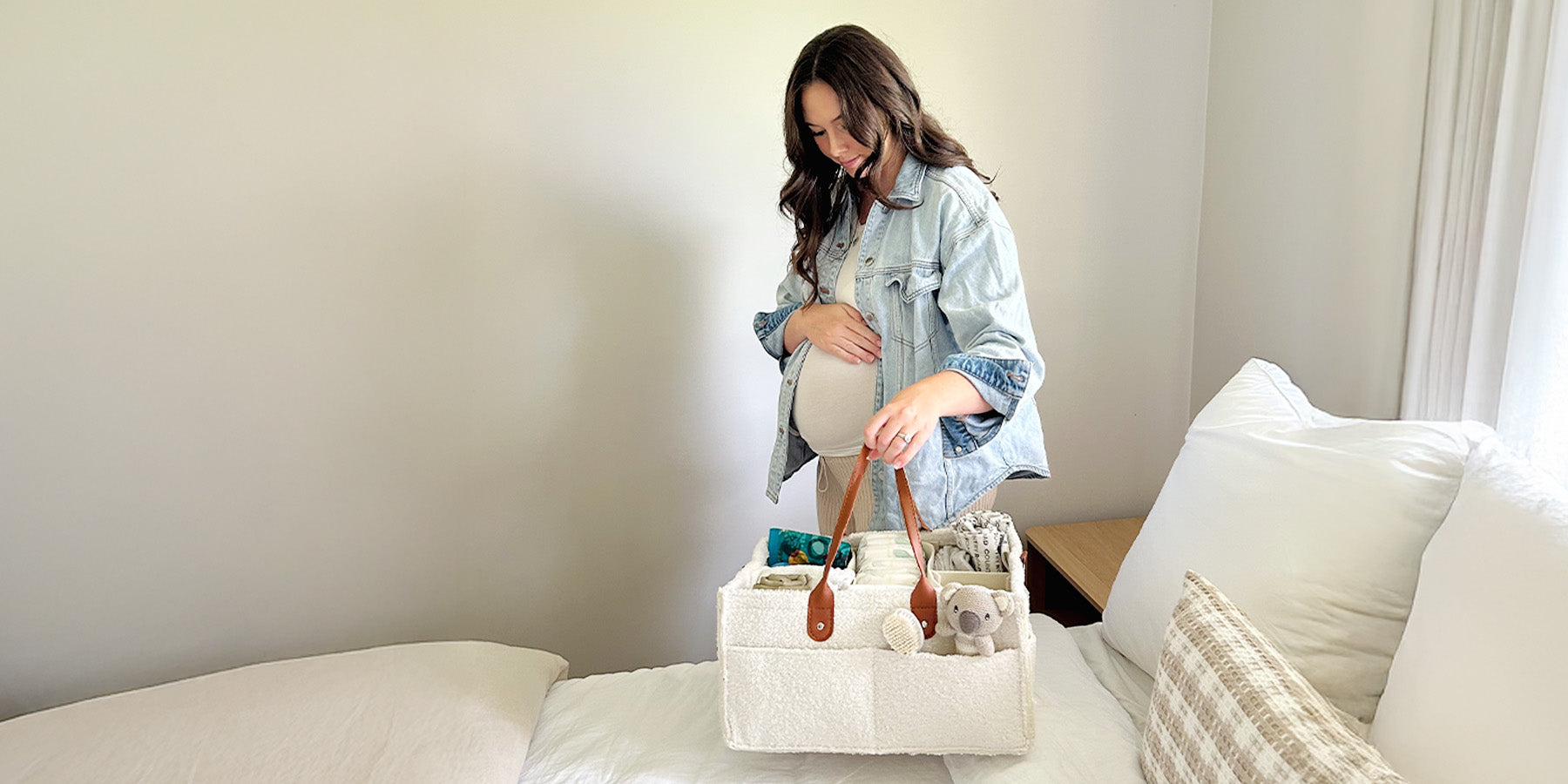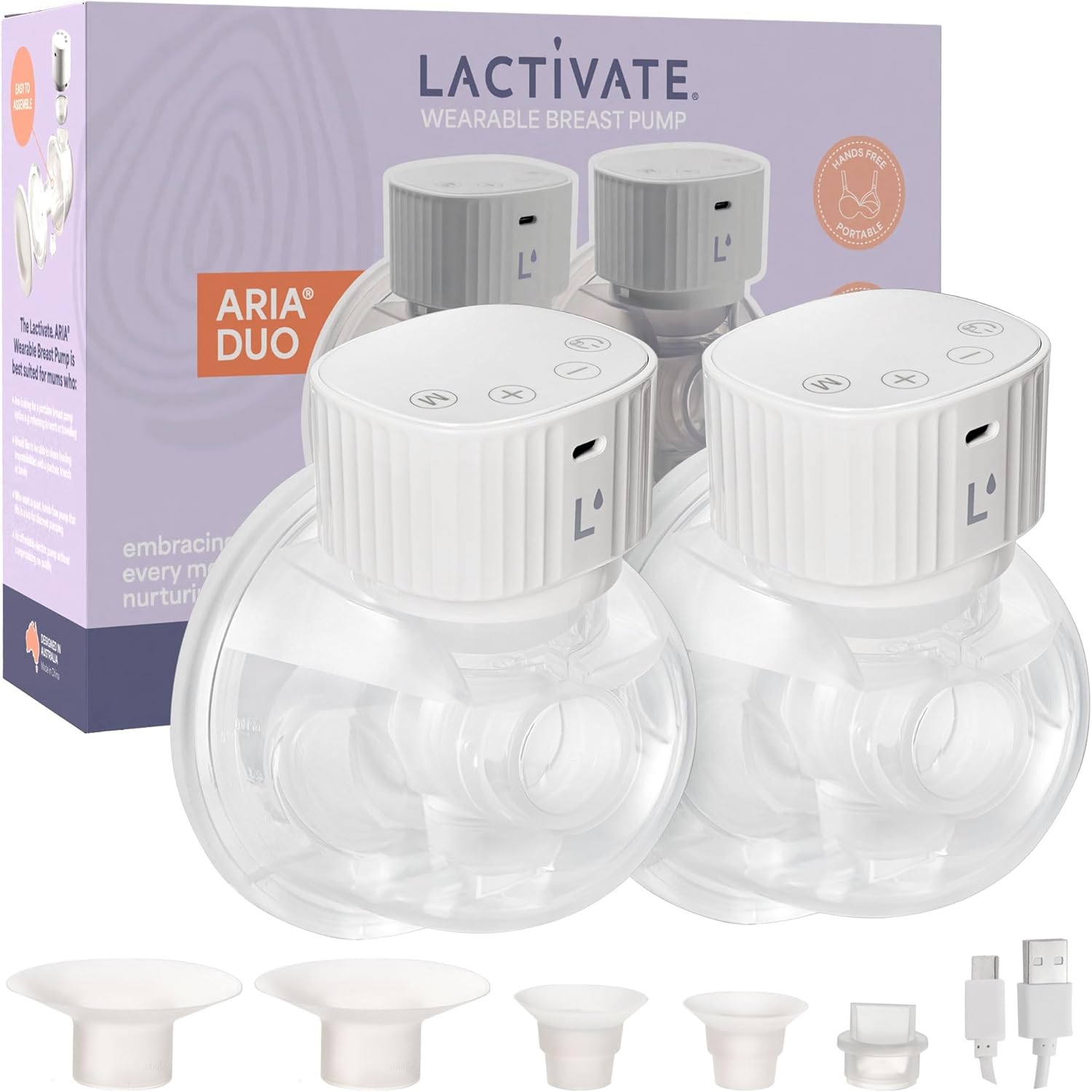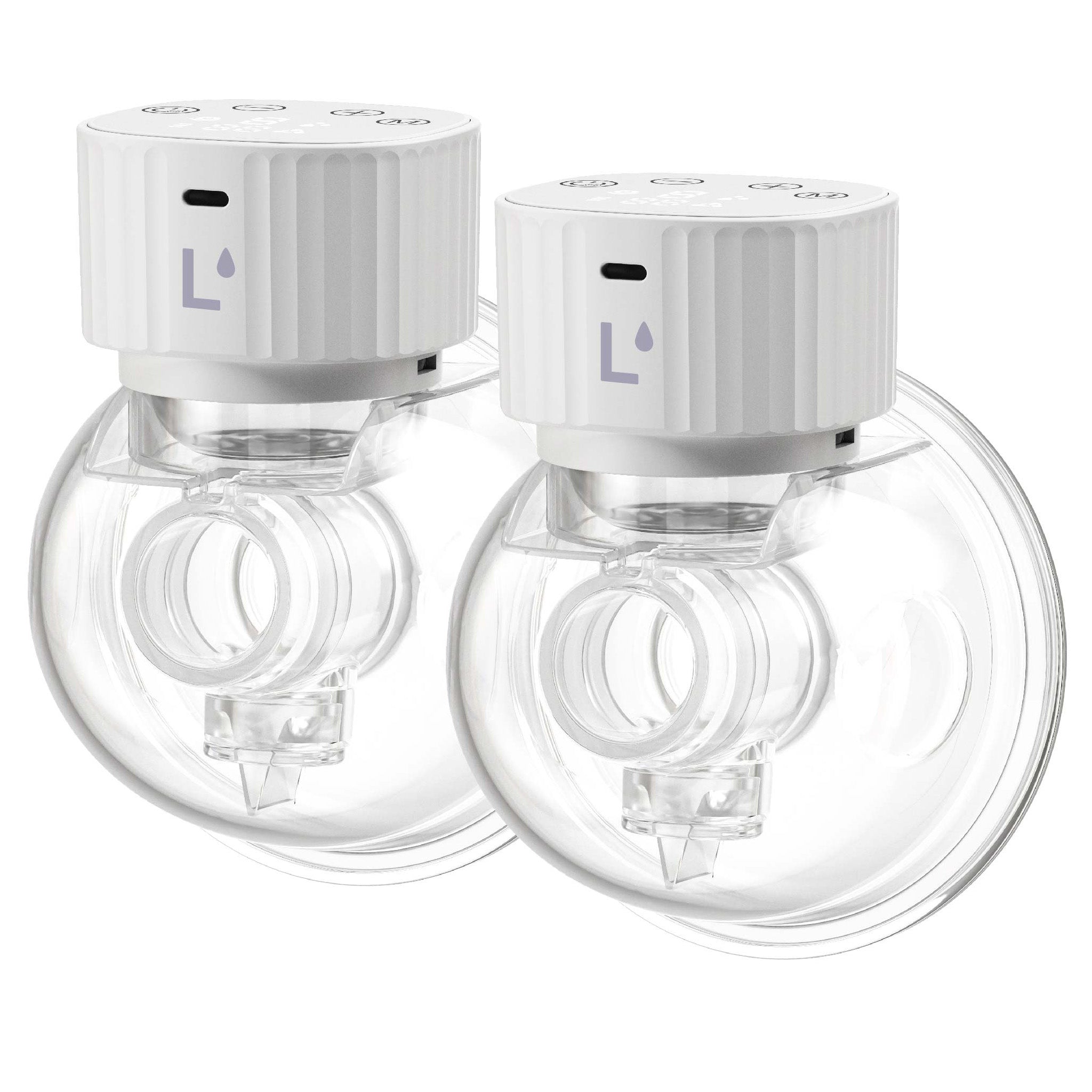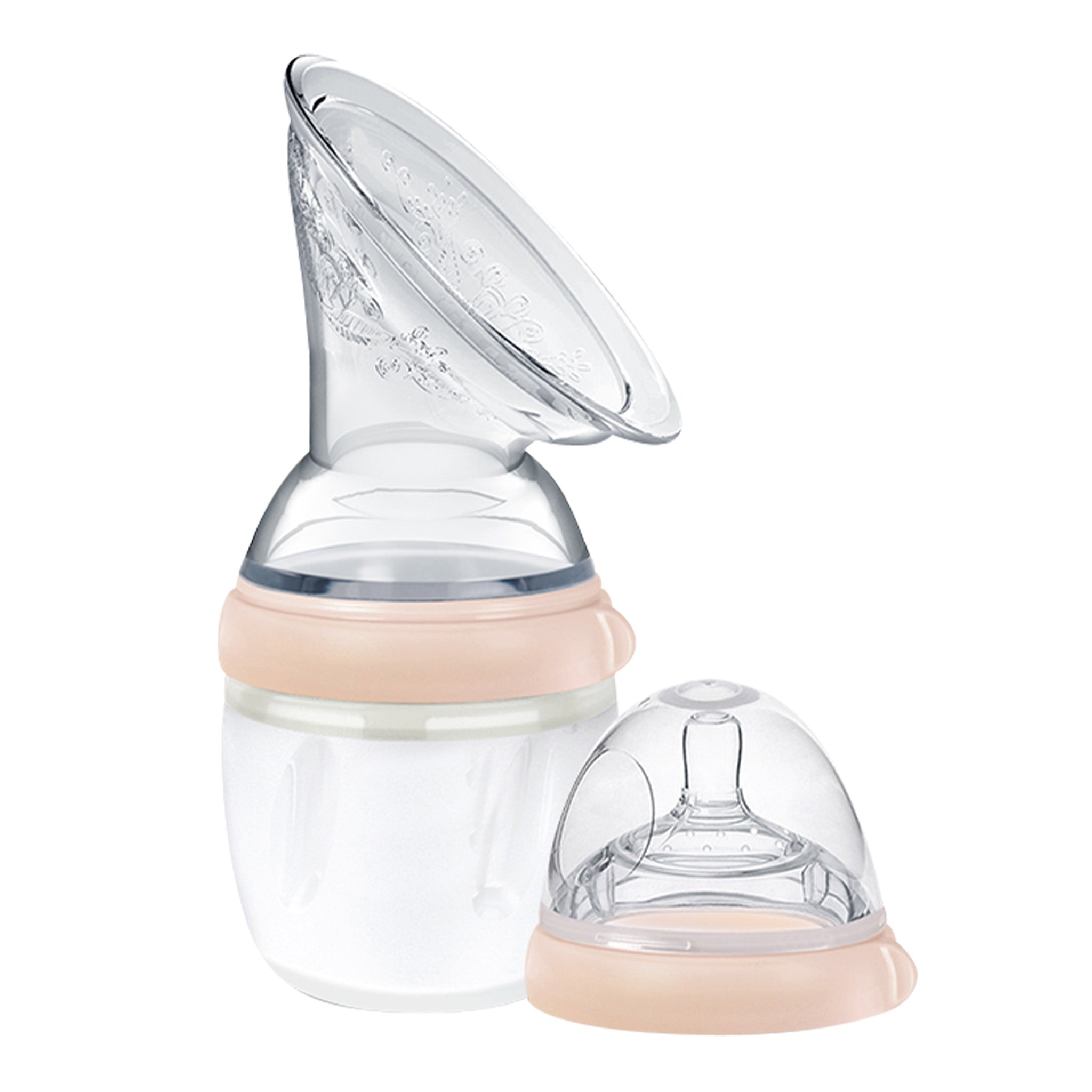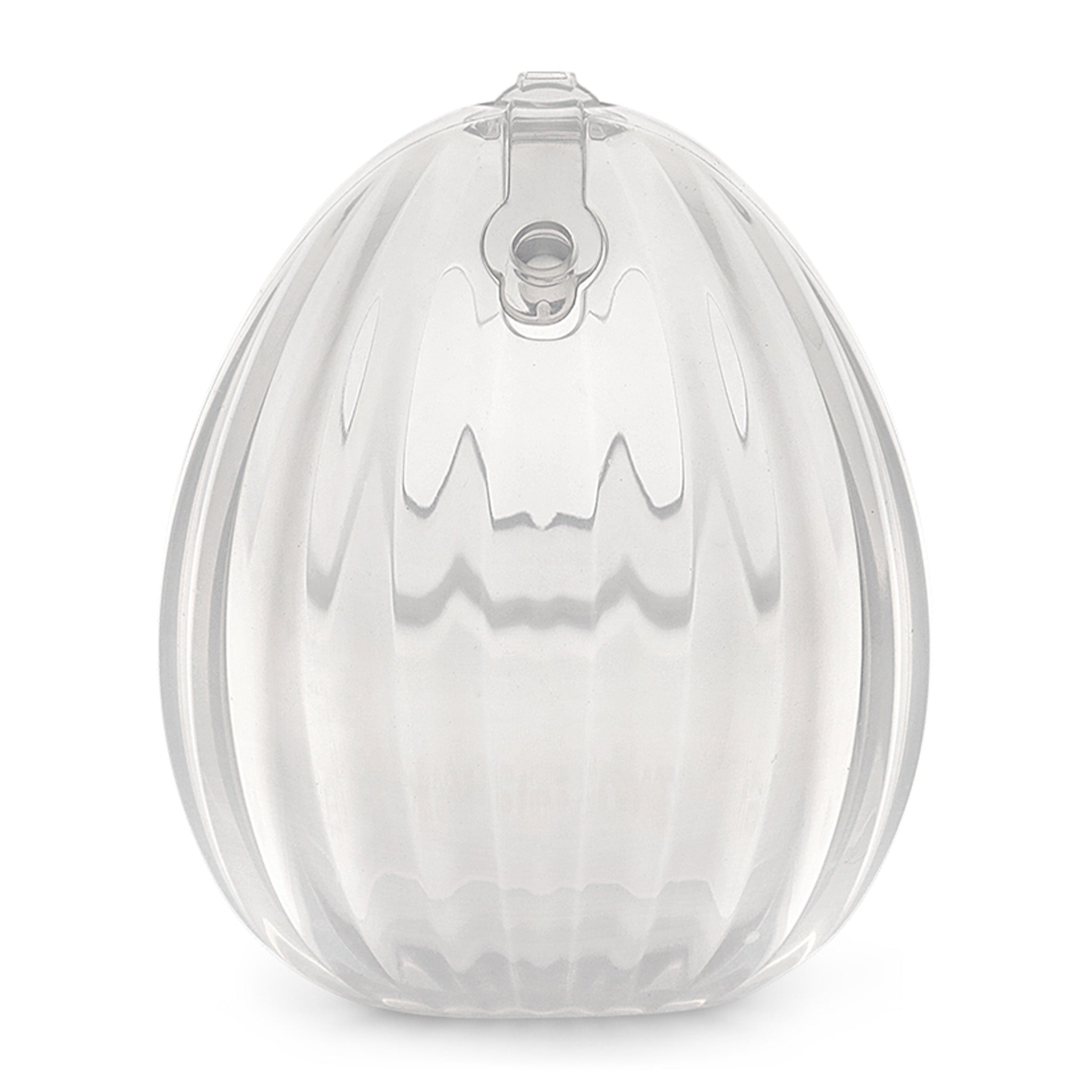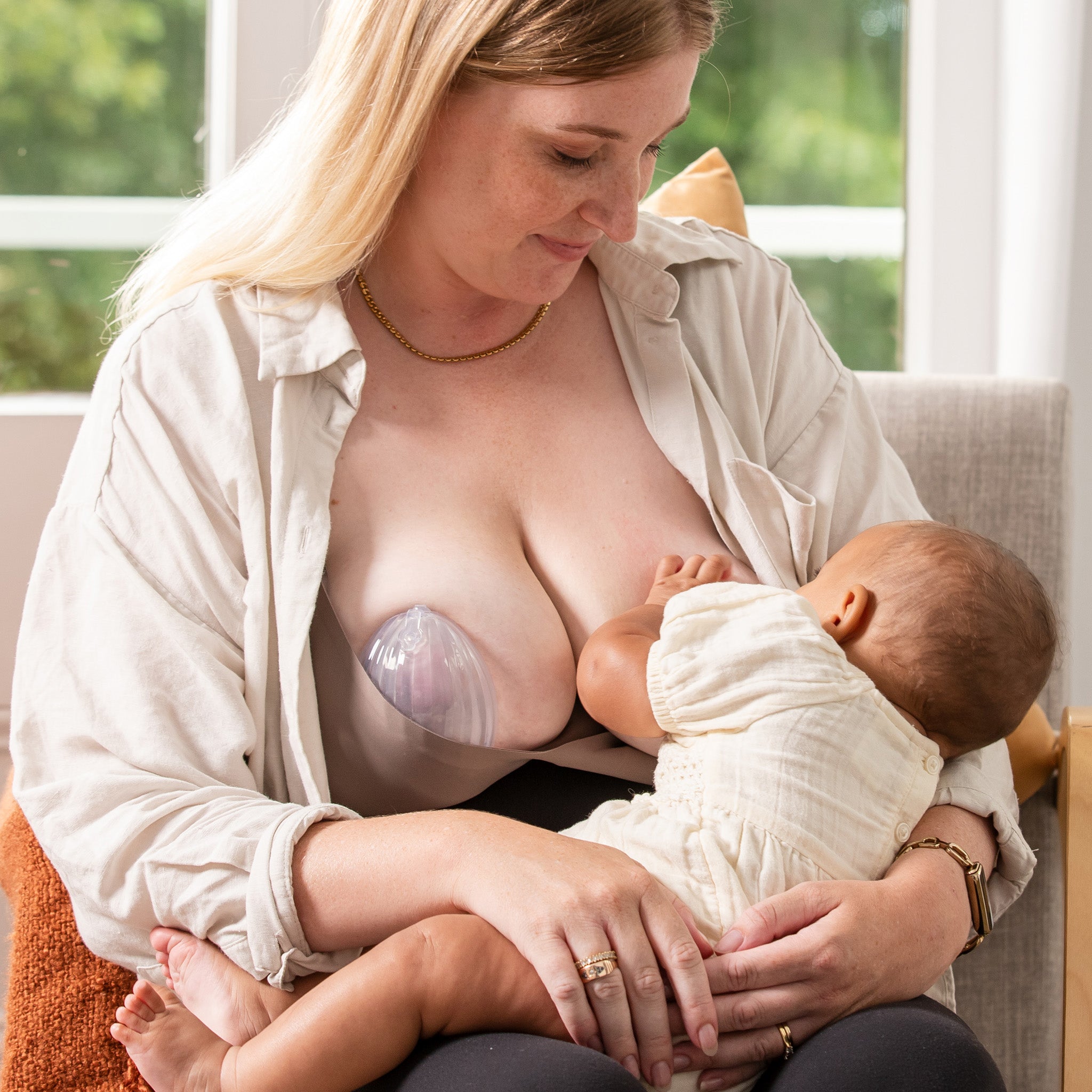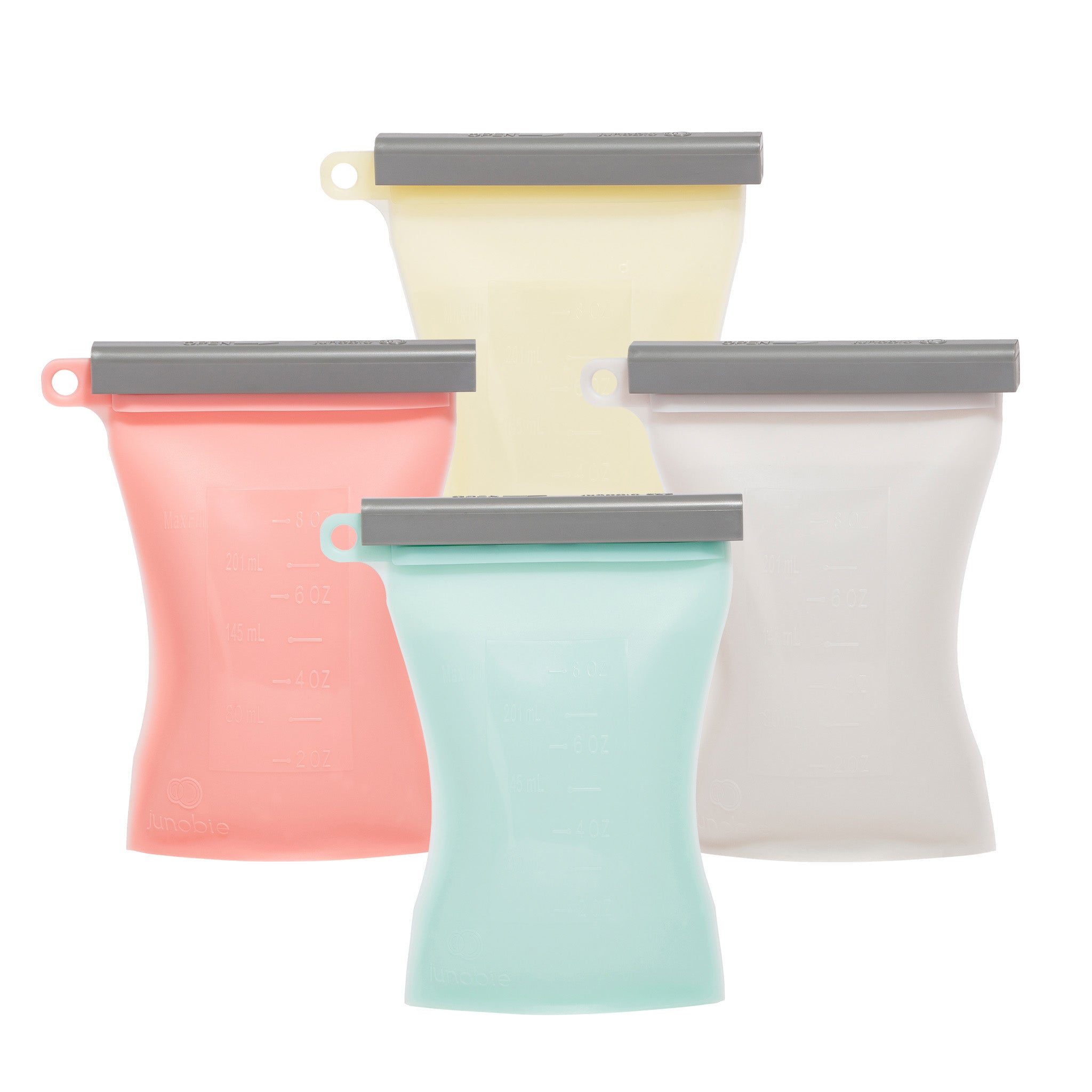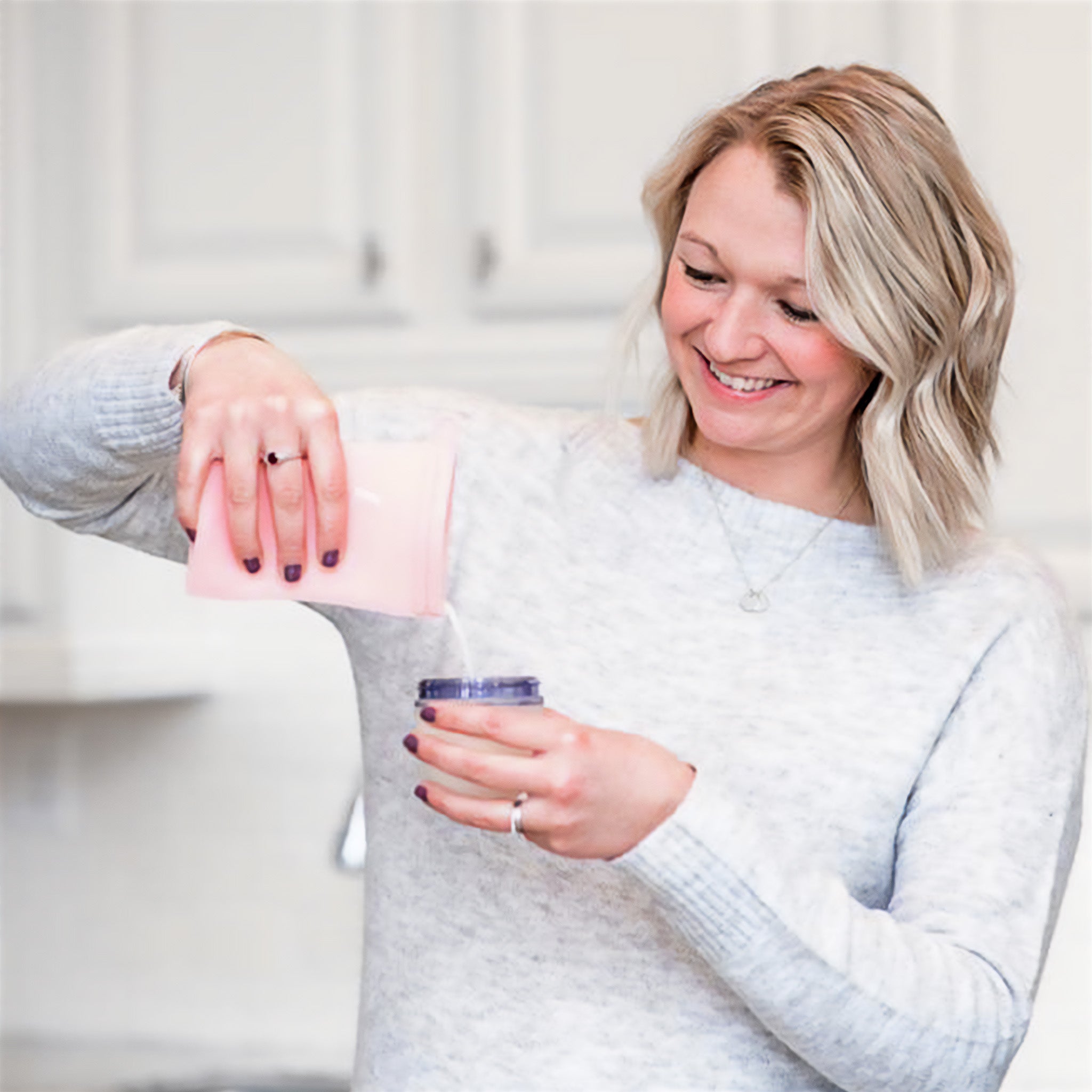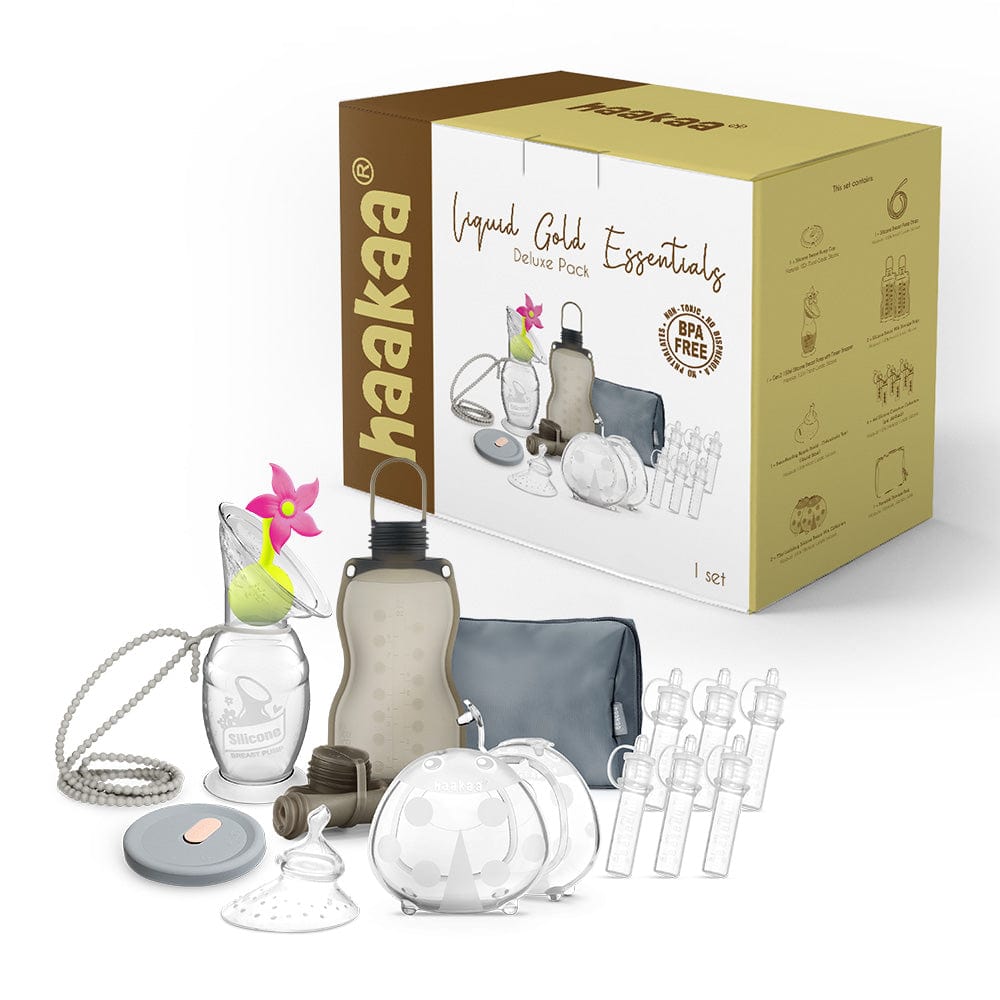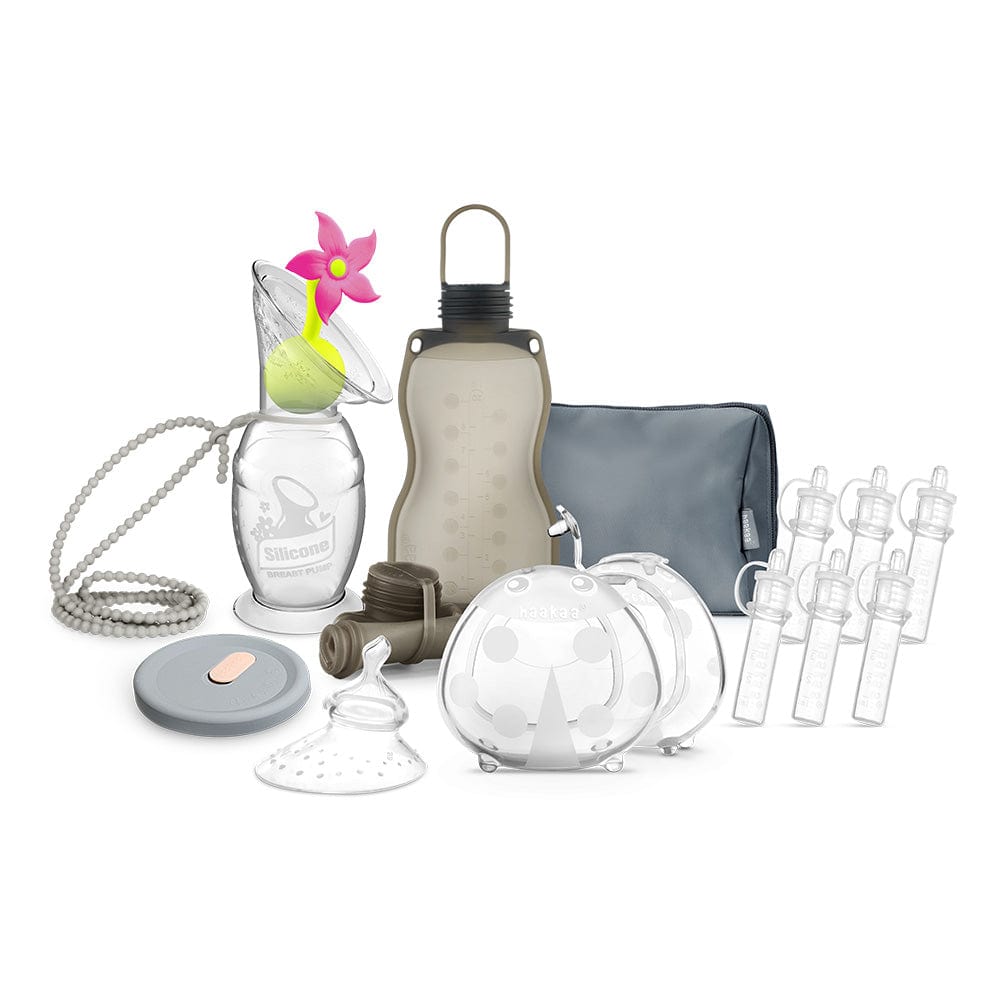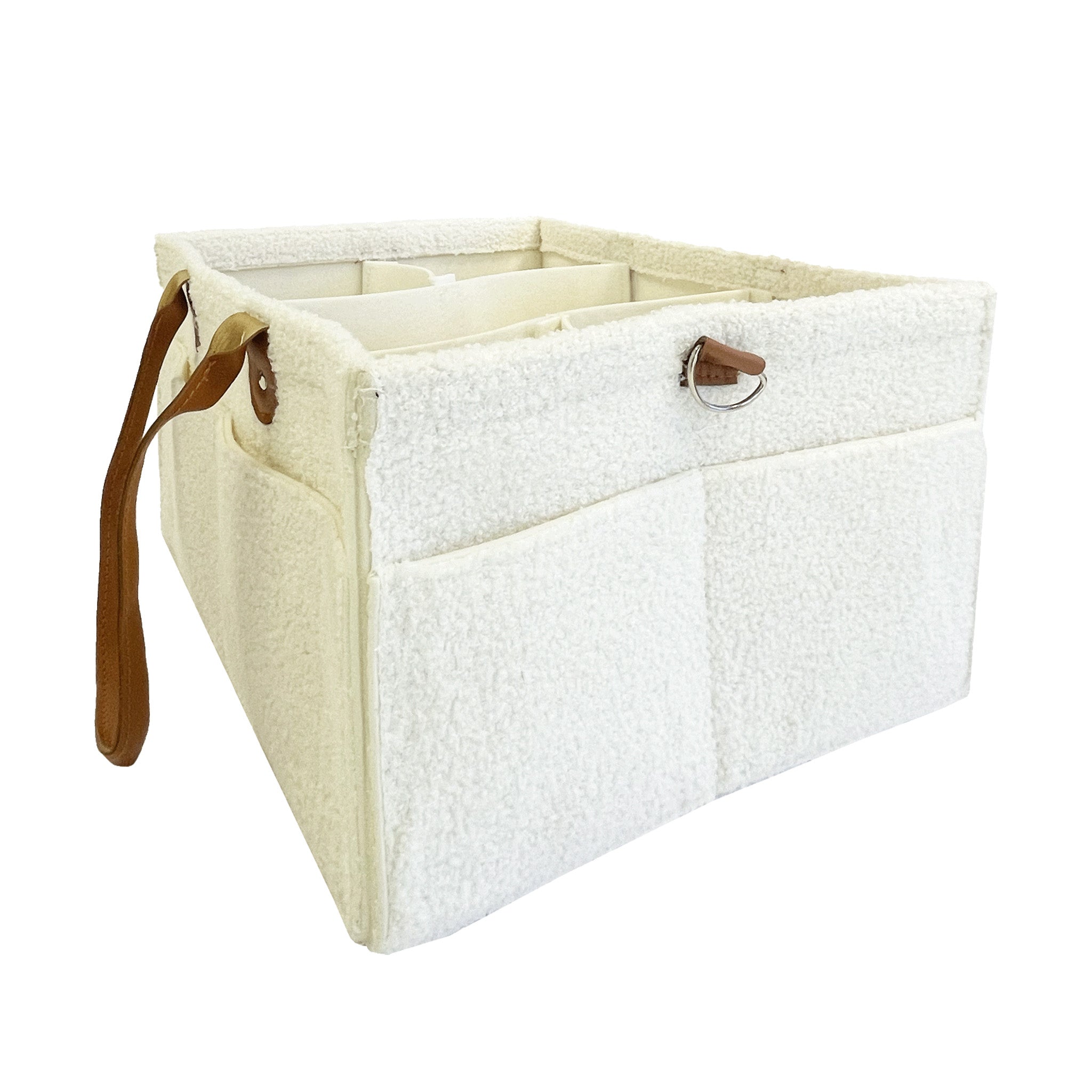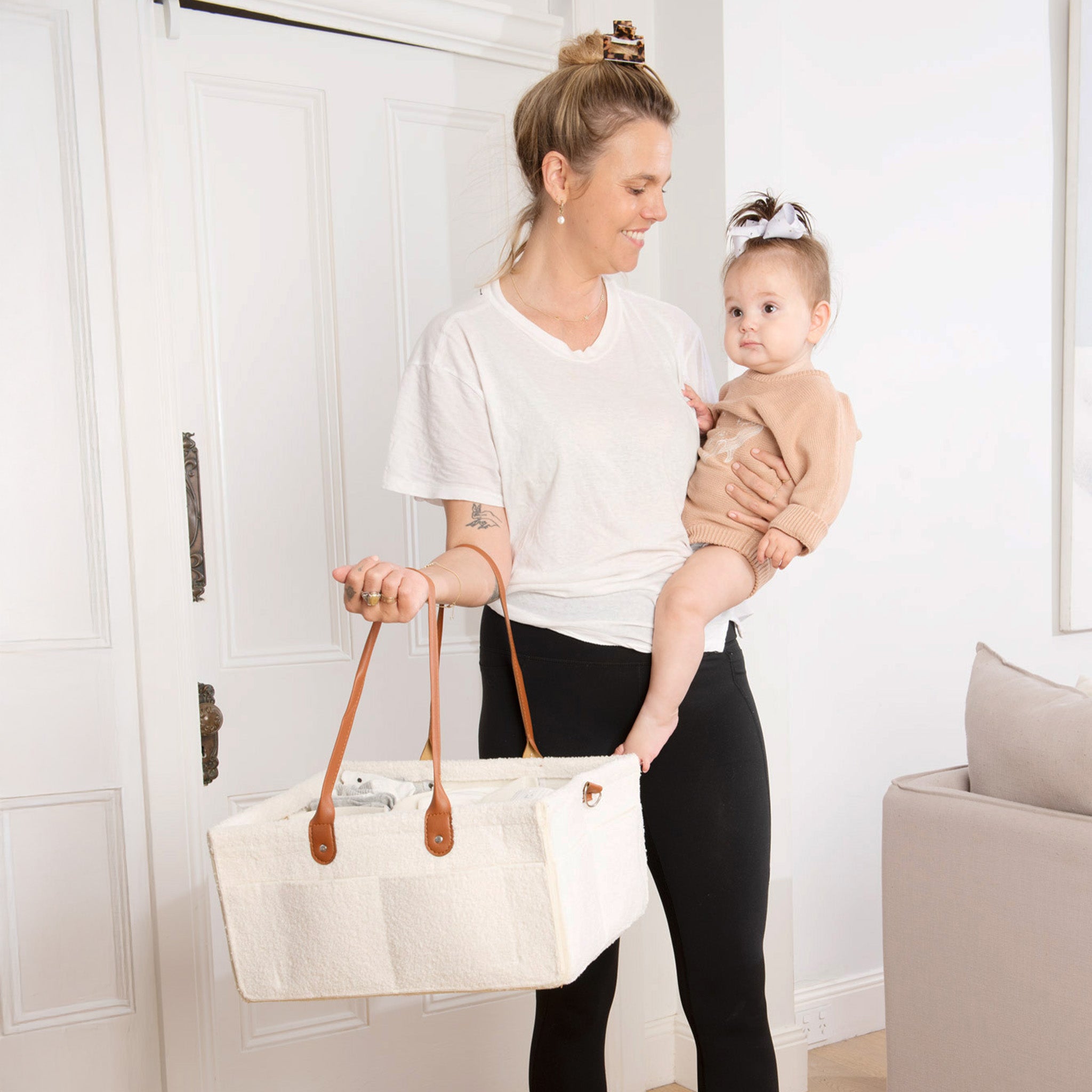Whether you’re suffering the agony of a damaged, shredded nipple or struggling with flat or inverted nipples, attaching a hungry newborn to the breast when you’re struggling is one of the first true tests of motherhood as you put your own comfort (and sanity) on the line to feed your baby, despite the pain and/or frustration.
When breastfeeding hurts
As any expert will tell you, breastfeeding shouldn’t be hard OR painful. When everything is working properly and baby is latching well, the experience should be relatively easy and comfortable. But what about when everything ISN’T working properly? Breastfeeding is a learnt skill. It takes time for both baby and mama to get the hang of what’s going on and while that’s happening, your nipples can become extremely tender making feeding difficult. Flat or inverted nipples can also cause issues as baby struggles to attach to an unfamiliar surface.
What is a nipple shield?
Simply put, a nipple shield is a thin flexible silicone cover which a mother places over her nipple prior to breastfeeding. The shield provides a barrier between the nipple and babies mouth meaning it can help when nipples are tender and need to heal or while a baby learns to breastfeed.
When used correctly, a nipple shield can be a total lifesaver for new mums who want to continue feeding but are finding it tough. A nipple shield can give your nipples time to heal while you learn the ins and outs of breastfeeding or provide a firmer, larger target for bubs having trouble with latching.
It’s important to note however that a nipple shield, while useful, can’t solve issues like a poor latch, tongue tie or other concerns like nipple shape or overactive letdown. It is critical to get to the root of the problem with an expert like a lactation consultant for a long term solution and a happy breastfeeding relationship.
When can nipple shields help?
Nipple shields are designed to help women who are dealing with specific breastfeeding concerns. They are often used as a temporary solution to help as the concern is rectified and are best used alongside support from a qualified breastfeeding professional, like an International Board Certified Lactation Consultant or IBCLC.
Generally, if you need to use a nipple shield, breastfeeding isn’t working as well as it could be and professional help can make all the difference to your breastfeeding relationship. Sometimes, a nipple shield may be the only thing that keeps a mother breastfeeding and that is something we recognize and fully support.
Nipple shields can help with a range of concerns including:
- inverted or very flat nipples which make latching difficult
- damaged nipples which need time to heal
- returning baby to the breast after a period of bottle feeding
- introducing baby to a bottle (the shield can act as an intermediary between boob and the unfamiliar silicone of a bottle)
- extreme oversupply and/or overactive letdown.
Once again, it’s important to seek help and advice for the above issues to make sure you get to the root of the issue.
What you need to know about using a nipple shield
Using a nipple shield CORRECTLY is the key to overcoming breastfeeding challenges. Incorrect use can cause a whole range of issues, from more discomfort (no thanks!) to a reduced milk supply.
1. Choose the right product
Not all nipple shields are created equal! It’s important to choose a product that fits well and allows for good milk flow and as much skin to skin contact as possible. The Haakaa Silicone Nipple Shield features a unique shape and ultra- thin design that moulds to your breast for easier latching and a comfortable feeding experience.
The new Haakaa Breastfeeding Nipple Shields (below) feature a world-first design made of 100% soft silicone, with an extended teat that puts space between your nipple and your baby’s mouth. If your little one bites down, pulls away, or if you have inverted or cracked nipples, you will still be able to breastfeed with ease and comfort. Our Nipple Shields suction onto your breast, giving you a hands-free breastfeeding experience.
2. Choose the right size
Nipples come in ALL shapes and sizes. A nipple shield that is too small can be extremely uncomfortable and restrict milk flow, leading to a reduction in milk supply.
Haakaa Nipple Shield Comparison Chart
| Silicone Nipple Shield | Round | Orthodontic Round | Orthodontic Triangle | |
|
Key Advantages |
Ultra-thin silicone moulds to your breast for a natural experience |
Secure coverage and suction favoured by new mums |
Secure coverage and a teat that's modelled on a natural nipple shape to help prevent confusion |
A natural teat shape to help prevent confusion, with a smaller base for increased breathability |
|
Teat |
Moulds to breast shape |
Extended baby bottle teat with physical space to protect mum's nipple |
Natural thumb-shaped teat with physical space to protect mum's nipple |
Natural thumb-shaped teat with physical space to protect mum's nipple |
|
Silicone Thickness |
🩷 | 🩷🩷🩷 | 🩷🩷 | 🩷🩷 |
|
Suction |
No |
Yes |
Yes |
Yes |
|
Suitable For |
Mums with minor discomfort when feeding |
Mums unable to feed due to sore, cracked nipples. Babies mixed feeding or transitioning to bottle feeding |
Mums unable to feed due to sore, cracked nipples. Babies who have only been breastfed |
Mums unable to feed due to sore, cracked nipples. Babies who have only been breastfed |
3. Focus on attachment
Even with a nipple shield to help, ensuring a good latch is important. A good latch means that milk flow and supply won’t be impacted by the shield and helps your baby to develop good habits for if/when you stop using the shield. The Australian Breastfeeding Association has the following advice for using a shield correctly:
Express a few drops of your breastmilk onto the inside of the nipple shield. This will help prevent chafing and improve the seal that the nipple shield makes with your breast.
- Express a few drops of your breastmilk into the tip of the nipple shield, where the holes are. This will help encourage your baby to attach.
- Place the nipple shield centrally over the nipple, onto the breast, to help draw some of the nipple and areola into the shield.
- Position any ‘cut-outs’ where the baby’s chin and nose will touch the breast. Hold the nipple shield in place with your fingers on the outside edges.
- There should be a small space between the end of your nipple and the end of the nipple shield. If your nipple touches the end of the nipple shield, then the nipple shield is too small.
- Point the tip of the nipple shield at your baby's nose and encourage your baby to open his mouth wide. As he attaches, the nipple shield can be directed towards the roof of your baby’s mouth.
- Once baby is attached, look for gentle jaw movement and listen for swallowing.
- At the end of the feed, your nipple shouldn’t be sore or feel chafed. If it does, the nipple shield is the wrong size or shape.
4. How the Haakaa breastfeeding nipple shield is different
The Haakaa Breastfeeding Nipple Shield differs from a traditional nipple shield in a couple of key ways. The Breastfeeding Nipple Shield is completely unique in the way it attaches and works. It uses suction to attach to the nipple meaning that the shield stays firmly attached and is less prone to slipping. This is the same way the Haakaa breast pump works to stay attached to the breast.
The Breastfeeding Nipple Shield also features a design that prevents the nipple coming into contact with the shield itself meaning less chance of rubbing or chafing and the innovative shape has proven to be very useful for babies transitioning TO the bottle or FROM the bottle back to the breast.
Haakaa Breastfeeding Nipple Shield FAQS
Can you use the breastfeeding nipple shield with both newborn and older babies?
Absolutely! The breastfeeding nipple shield is designed to be used for babies of all ages with the patented design promoting a natural sucking rhythm.
How do I attach the breastfeeding nipple shield?
The breastfeeding nipple shield uses suction which means it attaches a little differently to your standard nipple shield. Check out the video above or click through HERE for more information.
My baby is biting my nipple (ouch!). Can this nipple shield help?
A biting baby is not much fun! The breastfeeding nipple shield puts space between mum’s nipple and the nipple shield head which can help prevent baby from biting the nipple.
I am trying to introduce my baby to a bottle. Could this nipple shield help?
We've had a lot of Milkbar Mums posting about this on our Facebook page. Many have found success in using the breastfeeding nipple shield as an intermediary between breast and bottle. The shape allows baby to become familiar with what a teat feels like in their mouth but in a slower, gentler way as they are still breastfeeding.
I am trying to return my baby to the breast after they developed a bottle preference. Could this help?
Similar to the above, the breastfeeding nipple shield can act as a halfway point between bottle and breast which makes it great for bubs who may be used to a bottle and struggle to latch onto a nipple.
Do I need to sterilise my breastfeeding nipple shield?
No! Well, not unless you want to! The patented one piece design means there are no cracks, joins or edges where milk can accumulate while the food grade BPA, PVC and phthalate-free silicone only needs to be washed in warm, soapy water to stay clean.
Can nipple shields decrease my supply?
A very common concern and one which is tricky to answer definitely. Long term use of nipple shields in an incorrect manner CAN lead to a decrease in supply. The key here is however that the shields were used incorrectly. When using a shield, the usual best practices of breastfeeding should still be focused on. The correct attachment of baby to the breast, baby draining the breast fully and allowing baby to feed on demand and regularly can help ensure that your supply doesn’t take a hit. Some women decide to pump after some of their feeds with shields just to ensure the breast has been drained and safeguard their supply.
What our mums have to say about the Haakaa Breastfeeding Nipple Shield
"Thank you so much for my nipple shield you have given me the chance to breastfeed after to failed attempts with previous children. I was about to give up I was exhausted expressing then I came across your shield. Since it’s arrived I have had baby full time on the breast and no need to use the pump.... have even purchased extra shields now."
Ashleigh Haydar
"I purchased the butterfly nipple shield and was impressed with how easy it was to apply and use. My baby who was struggling to latch had no problem feeding with the shield."
Natasha Berry
"If you are trying to re-lactate or transition from a bottle and are struggling with traditional shields, these are great. I find it can get a bit tight around the nipple after a while but better than not breastfeeding. It can be easily filled to give bub an instant taste to encourage sucking and the suction helps draw milk into the shield once your flow has started. It has saved breastfeeding for us."
Helen Belshaw
Shop Haakaa Silicone Nipple Shields
Shop Haakaa Breastfeeding Nipple Shields
For more information
Like with anything breastfeeding related, seeking out help and support is always a good idea. A breastfeeding counsellor, lactation consultant or breastfeeding trained midwife can help identify issues and give advice on using a nipple shield.
For more information on products and resources to support your breastfeeding journey, check out our breast care and support section.

